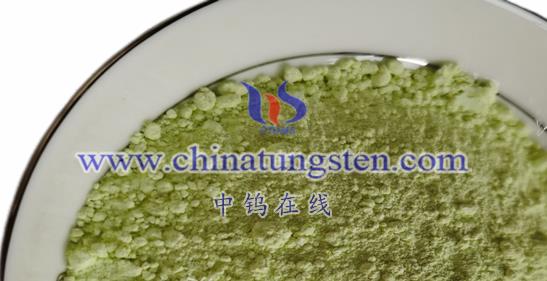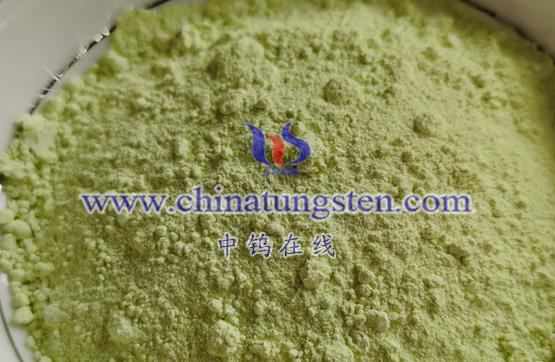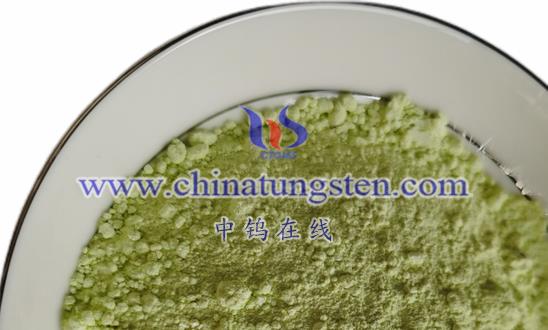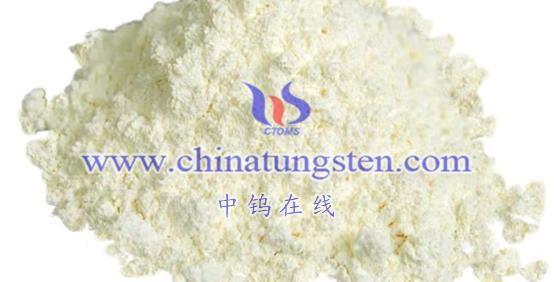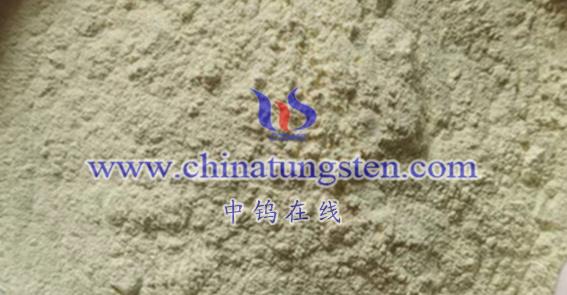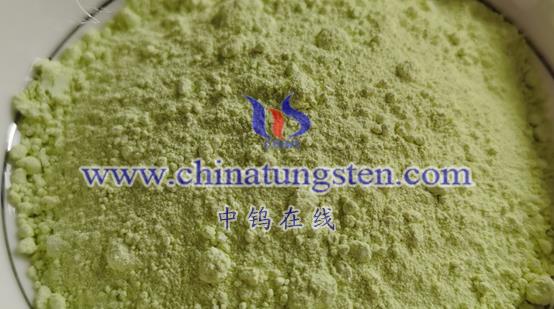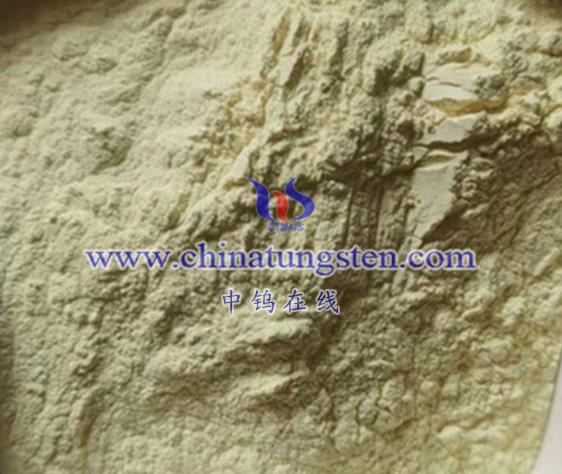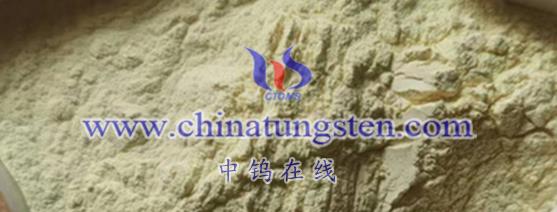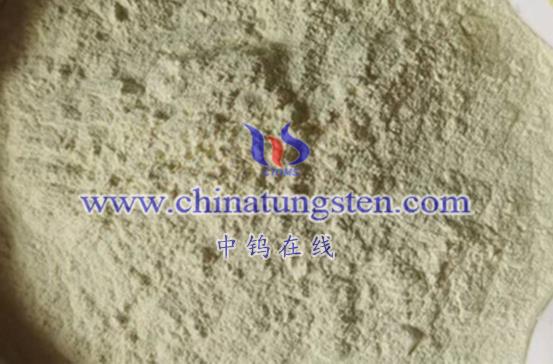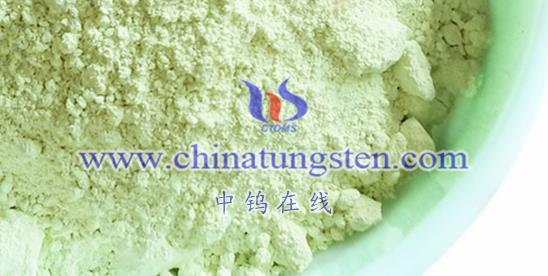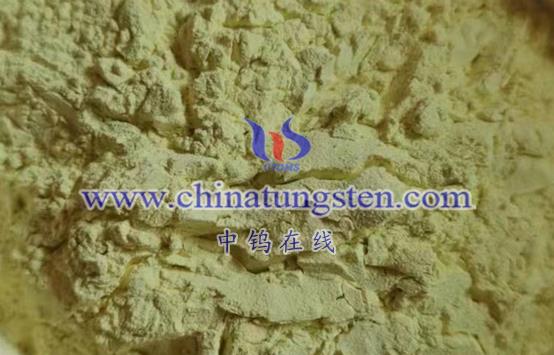
Nano-tungsten oxide (WO3) has various applications in the biomedical field, primarily based on its unique physicochemical properties, such as stability, biocompatibility, photoelectric performance, and tunability. Here is a detailed summary of the main uses of nano-tungsten oxide in biomedicine:
- Biosensing
- Principle: Nano-tungsten oxide is an ideal choice for sensor materials due to its excellent photoelectric properties. It can absorb and emit light at specific wavelengths and generate detectable signals through interactions with biomolecules.
- Application: It is used to detect various biomarkers, drug concentrations, and pathogens within biological systems. For example, in disease diagnostics, nano-tungsten oxide sensors can measure specific protein or hormone levels in the blood, providing diagnostic information for healthcare professionals.
- Drug Delivery
- Advantages: Nano-tungsten oxide particles have controllable sizes and shapes, along with good biocompatibility, allowing them to be used as drug carriers.
- Application: Drugs can be encapsulated within or on the surface of nano-tungsten oxide particles for targeted delivery to diseased areas, enabling precise drug release. This method enhances drug efficacy while reducing side effects.
- Photothermal Therapy
- Principle: Nano-tungsten oxide exhibits excellent photothermal conversion properties, generating heat under specific wavelengths of light.
- Application: Utilizing this characteristic, nano-tungsten oxide particles can be employed in photothermal therapy for tumors. By injecting nano-tungsten oxide particles into tumor tissue and exposing them to an external light source, heat is generated to destroy tumor cells and inhibit their growth.
- Bioimaging
- Advantages: Nano-tungsten oxide particles can be combined with fluorescent dyes through surface modification, enabling high-resolution bioimaging.
- Application: In biomedical research, nano-tungsten oxide particles are used to observe structural and functional changes in tissues and organs within living organisms, providing crucial information for disease diagnosis and treatment.
- Colitis Treatment
- Background: Inflammatory bowel disease (IBD) is a non-specific chronic inflammatory disorder of the gastrointestinal tract, and nano-tungsten oxide nanoparticles (WO3NPs) show potential in IBD treatment.
- Effectiveness: Compared to free tungsten (e.g., sodium tungstate), WO3NPs can significantly reduce intestinal inflammation, mitigate bacterial translocation, restore the colonic epithelial barrier, and remodel the gut microbiome homeostasis in the inflamed colon. Additionally, WO3NPs enhance the adhesion of tungsten to enterobacteria in the colonic mucus layer, inhibiting the growth of enterobacteria through microbial metabolism, thereby improving colitis.
- Other Potential Applications
- Nano-tungsten oxide may also be explored for other biomedical research areas, such as tissue engineering and regenerative medicine. As research progresses, its application prospects will expand further.
In summary, nano-tungsten oxide holds broad application prospects and significant research value in biomedicine. Its unique physicochemical properties demonstrate distinct advantages in biosensing, drug delivery, photothermal therapy, bioimaging, and colitis treatment. With continuous technological advancements and expanding application fields, the use of nano-tungsten oxide in biomedicine is expected to become increasingly widespread and in-depth.
More details of tungsten oxide product, please visit website: tungsten-oxide.com
Please contact CHINATUNGSTEN for inquiry and order of tungsten oxide:
Email: sales@chinatungsten.com
Tel.: 86 592 5129595
